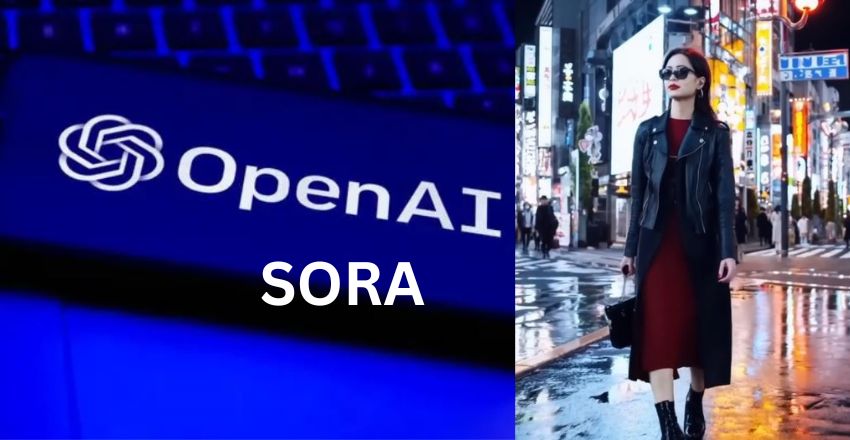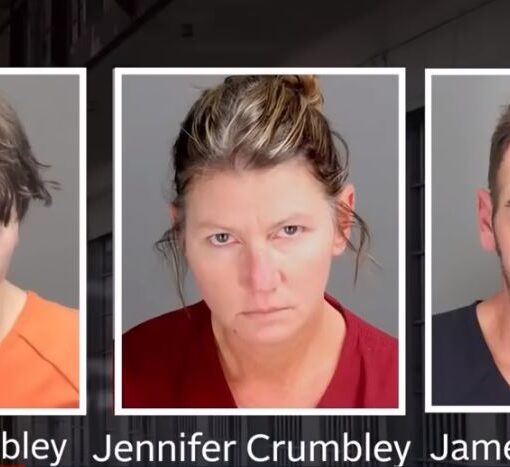
Sora is a revolutionary text-to-video model developed by OpenAI. It allows you to transform your textual descriptions into captivating videos up to 60 seconds long.
Imagine outlining a scene with a vibrant underwater coral reef or a bustling Tokyo street; Sora brings these to life with stunning visuals and realistic motion.
Current Status
It’s crucial to understand that Sora is currently in an early access program. This means access is limited to a specific group, primarily artists, designers, and researchers, who provide feedback to help refine the model before a wider release.
Introducing Sora, our text-to-video model.
— OpenAI (@OpenAI) February 15, 2024
Sora can create videos of up to 60 seconds featuring highly detailed scenes, complex camera motion, and multiple characters with vibrant emotions. https://t.co/7j2JN27M3W
Prompt: “Beautiful, snowy… pic.twitter.com/ruTEWn87vf
Release Date Of Sora
While OpenAI unveiled Sora to the public on February 15, 2024, it’s important to clarify its current availability:
Sora is not yet available for public use.
It’s currently in an early access program where a limited group of individuals, primarily artists, designers, and researchers, are testing and providing feedback on the model. OpenAI hasn’t announced a specific release date for the general public yet.
So, although you can’t try Sora yourself just yet, keep an eye out for updates from OpenAI about future access or release plans. Hopefully, this clarifies the current status of Sora!
OpenAI unveils Sora a text to video generator https://t.co/C6FPDvP9xe pic.twitter.com/KNcwhQkT5t
— Geeky Gadgets (@GeekyGadgets) February 16, 2024
Sora’s Unique Capabilities
Sora is not just another AI model; it’s a generative model designed to transform textual prompts into photorealistic videos, lasting up to 60 seconds.
What sets Sora apart is its ability to comprehend the real world, combining multiple shots seamlessly without disruptions in character or style. The model excels in creating highly detailed scenes, encompassing complex camera motions and multiple characters.
Technical Insights
At its core, Sora employs a diffusion model, starting with a video resembling static noise. Through a gradual process of noise removal, Sora transforms this into the final visually appealing result.
OpenAI’s approach unifies data representation by treating videos and images as collections of smaller units called patches, akin to tokens in GPT. This innovation allows training diffusion transformers on a broader range of visual data, spanning different durations, resolutions, and aspect ratios.
here is sora, our video generation model:https://t.co/CDr4DdCrh1
— Sam Altman (@sama) February 15, 2024
today we are starting red-teaming and offering access to a limited number of creators.@_tim_brooks @billpeeb @model_mechanic are really incredible; amazing work by them and the team.
remarkable moment.
Challenges Overcome
OpenAI addressed a significant challenge in Sora: maintaining consistency when the subject temporarily goes out of view.
By enabling the model to operate on multiple frames simultaneously, Sora gains the ability to anticipate and plan for such scenarios, preserving visual style and subject continuity.
Impressive Video Demonstrations
OpenAI showcased Sora’s prowess through captivating videos, including historical scenes, urban environments, and playful scenarios like golden retrievers in the snow.
While some videos may exhibit physically implausible motions, it highlight the model’s capacity to generate diverse and imaginative content.
User Safety and Limitations: Currently in preview, Sora is not yet open to the general public, as OpenAI focuses on enhancing its safety features. Text input prompts involving extreme violence, sexual content, hateful imagery, or third-party IP infringement are rejected.
OpenAI collaborates with experts to test the model’s limits and plans to integrate safety methods from DALL-E-3 into Sora.
How to Use Sora
As Sora is still in preview, access is limited. However, OpenAI provided a glimpse of how users can interact with the model through textual prompts. Users can input creative scenarios, guiding Sora to generate videos aligned with their vision.
Prominent Prompt Examples
OpenAI shared several prompt examples to showcase Sora’s capabilities, such as a Tokyo street scene, mammoths in a snowy meadow, and a close-up of a chameleon showcasing color-changing abilities. Each example demonstrates Sora’s ability to bring diverse concepts to life.
Future Potential
Sora holds immense potential in various fields, including:
- Entertainment: Creating animation, short films, or music videos.
- Education: Generating educational videos or simulations.
- Marketing and advertising: Developing product demos or explainer videos.
- Accessibility: Creating video presentations for people with visual impairments.
OpenAI’s Sora emerges as a revolutionary advancement in AI technology, bridging the gap between text and video generation. While still in its early stages, Sora promises to redefine how we interact with visual content, opening doors to creative possibilities yet to be fully explored.
Important FAQs about Sora
- How does Sora, OpenAI’s text-to-video generator, work? Sora operates on a diffusion model, beginning with a video resembling static noise, and gradually transforming it into the final result by removing noise. It unifies data representation, treating videos and images as collections of patches, allowing training on a broader range of visual data. Sora’s unique capabilities include creating detailed scenes with complex camera motion and multiple characters.
- What safety measures are in place for Sora’s usage? OpenAI is committed to ensuring user safety with Sora. Currently in preview, the model rejects text input prompts that involve extreme violence, sexual content, hateful imagery, or third-party IP infringement. OpenAI collaborates with experts in areas like misinformation, hateful content, and bias to test the model’s limits. Safety methods from DALL-E-3 are also planned to be applied to Sora.
- How can users interact with Sora during its preview phase? While Sora is still in preview and not open to the general public, users can interact with the model through textual prompts. By inputting creative scenarios, users can guide Sora in generating videos aligned with their vision. OpenAI aims to provide a user-friendly experience while prioritizing safety and plans to incorporate feedback during the preview phase.




